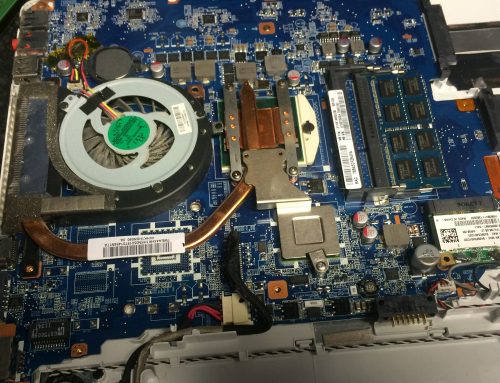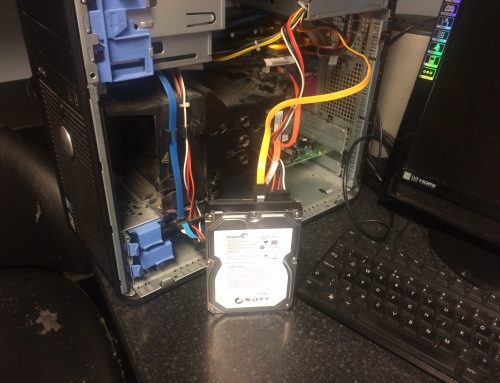PC Workshop daily workload always contains a system that has a virus, its the most common source of problems we encounter and with there being so many different strains its very difficult to cover all the bases.
We all know malware is out there. Malware includes applications that spy on you, corrupt your data, destroy your hard drive or give control of your machine to someone thousands of miles away. No matter what form it takes, it’s bad business. And since there are a lot of examples of malware in the wild, it may only be a matter of time before you become the victim of a malware attack.
The most important advice PC Workshop can give anyone who believes he or she has a computer with malware on it is this: Don’t panic. Also, don’t assume that you need to wipe your computer clean and start from scratch. Often you can remove malware without having to erase everything else. You may lose some data in the process, but you probably won’t lose everything.
- Viruses: A virus is a small piece of software that piggybacks on real programs. For example, a virus might attach itself to a program such as a spreadsheet program. Each time the spreadsheet program runs, the virus runs, too, and it has the chance to reproduce (by attaching to other programs) or wreak havoc.
- E-mail viruses: An e-mail virus travels as an attachment to e-mail messages, and usually replicates itself by automatically mailing itself to dozens of people in the victim’s e-mail address book. Some e-mail viruses don’t even require a double-click — they launch when you view the infected message in the preview pane of your e-mail software
- Trojan horses: A Trojan Horse is simply a computer program. The program claims to do one thing (it may claim to be a game) but instead does damage when you run it (it may erase your hard disk). Trojan horses have no way to replicate automatically.
- Worms: A worm is a small piece of software that uses computer networks and security holes to replicate itself. A copy of the worm scans the network for another machine that has a specific security hole. It copies itself to the new machine using the security hole, and then starts replicating from there, as well.
- hyperlinks in e-mail. Virus programmers love to trick people into clicking on links that will lead them to malicious software. Let people know that you don’t click on hyperlinks in e-mail unless the sender includes a description of the link and what it leads to. If your e-mail client supports auto launch, turn it off. Otherwise you might automatically activate a computer virus just by opening the e-mail.Don’t open strange e-mail attachments or click on hyperlinks in e-mail. Virus programmers love to trick people into clicking on links that will lead them to malicious software. Let people know that you don’t click on hyperlinks in e-mail unless the sender includes a description of the link and what it leads to. If your e-mail client supports auto-launch, turn it off. Otherwise you might automatically activate a computer virus just by opening the e-mail.
The same applies to other messages you might encounter. Hyperlinks in message boards, Facebook messages or instant messages can sometimes lead to malware. Pay attention to the source of the message.
Look for any unusual signs like misspellings or odd sentence structure, particularly if the person who sent you the message normally avoids errors. If you do see an odd link, you may want to let the sender know — he or she might be the victim of a hacked account.
Don’t visit questionable Web sites. This includes everything from software, music and video piracy sites to porn pages. Many current Web browsers will alert you if you try to go to a site that is known for hosting malware.
Pay attention to these warnings and stay away from those sites.Pay close attention to any windows that pop up while you surf the Web. If you see a notification claiming that you need to download the latest video driver to watch something, use caution. This is a common tactic used to distribute malware.Run your antivirus software at least once a week and definitely once a month, don’t wait until your drowning in a sea of spyware.
You should also make sure your antivirus software and OS remain current by downloading updates and patches on a regular basis. Most antivirus software updates at least once a week as security firms add more virus information to their databases. Avoiding viruses might sound like a lot of work but keep in mind it’s easier than fixing a computer that’s been hit with a virus.



